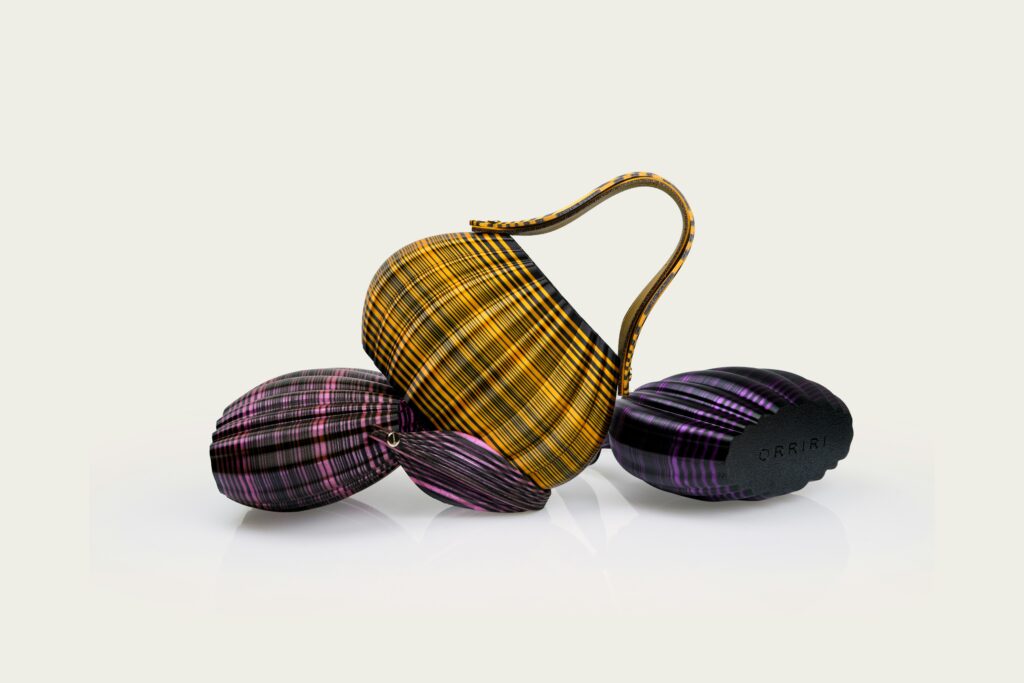High-end buyers increasingly measure luxury in more than rarity; they seek value, transparency and ethical integrity. When choosing between mined and lab-grown diamonds, key considerations now include not just sparkle, but financial prudence and conscience. This article compares both options across crucial dimensions: cost trends, resale potential, sourcing clarity and environmental impact. Our goal is to guide affluent buyers toward a diamond that delivers lasting satisfaction beyond mere prestige.
1. Cost Transparency and Market Dynamics
Price Differentials
Lab-grown diamonds consistently offer significant savings. Recent reports show they are sold at approximately 80–90% lower prices than comparable mined stones, up from a 20% discount in 2018. Meanwhile, natural diamonds’ mining and production costs remain elevated due to complex extraction processes and limited supply.
Declining Price Structures
Since 2020, prices for lab-grown diamonds have dropped around 74%, driven by advanced production methods that accelerate growth cycles. In contrast, mined diamonds, while still viewed as investment pieces, have seen natural price erosion, dropping about 26% since 2022. For high-net-worth buyers, this means that lab-grown diamonds today offer higher quality at a more transparent, consistent cost.
2. Long-Term Value and Resale Potential
Investment Expectations
Traditionally, mined diamonds have been marketed as long‑term assets. However, data reveals that resale value rarely holds; sellers often recoup less than half their purchase cost. Lab-grown diamonds share this reality, but their lower entry cost reduces financial loss upon resale.
Market Perceptions
According to research by the Jewellers Board of Trade, 65% of consumers view lab-grown diamonds as offering better value for money, even if resale markets remain in development. As the resale ecosystem matures, especially with growing demand and certification standards, perceived value continues improving for lab-grown options.
3. Ethical Reputation and Accountability
Mining vs Lab Production
While natural diamonds may feature conflict-free certifications, mining still entails environmental disruption and social concerns. Lab-grown diamonds bypass these issues but pose their own questions, particularly around energy use. Some producers rely on renewables, while others use fossil-fuel-powered facilities .
Brand Responsibility
The best lab-grown diamond suppliers now publish energy footprint data and use renewable sources. High-end consumers should favour brands offering explicit, audited sustainability claims, ensuring their purchase is as clean as it is luxurious.
4. Quality, Certification, and Authenticity
Identical Standards
Both mined and lab-grown diamonds are graded by the same reputable labs, IGI, GIA, and others, using identical criteria. Visual quality and sparkle are indistinguishable to the naked eye. That means, whether lab-grown or mined, buyers can expect consistent excellence backed by official reports.
Assurance of Authenticity
Certificates verify not only the 4 Cs but also the origin. This empowers buyers to invest in high-quality stones confidently and be assured of their authenticity and craftsmanship.
5. Smart Investment or Emotional Legacy?
Strategic Reasons to Choose Lab-Grown
For buyers focused on flexibility, value, and impact, lab-grown diamonds offer a standout proposition. They deliver high-end quality at a fraction of the cost, allowing buyers to choose larger or rarer-looking stones without overspending.
Emotional Value of Mined Diamonds
Some buyers still value the symbolic allure of natural diamonds, which embody tradition, permanence, and exclusivity. But this emotional premium often comes with inflated prices and diminishing returns.
6. What High-End Buyers Should Ask
Discerning buyers don’t purchase diamonds on appearance alone. True value lies in understanding the broader context—resale expectations, certification standards, ethics, and price integrity. These questions are essential for making a confident, well-informed decision:
-
What is the drop-off in value on resale?
- Why it matters: While mined and lab-grown diamonds are often perceived as investments, they rarely appreciate in value. In most cases, sellers recover less than 50% of the original purchase price.
Understanding this helps manage expectations and frames the purchase as a lifestyle or legacy item, rather than a financial asset. Buyers should assess value based on quality, sentiment and ethical alignment, rather than resale returns alone.
- Why it matters: While mined and lab-grown diamonds are often perceived as investments, they rarely appreciate in value. In most cases, sellers recover less than 50% of the original purchase price.
-
Who graded the stone?
- Why it matters: Certification is not just a piece of paper—it is the only unbiased proof of a diamond’s quality and authenticity. Reputable labs like IGI or GIA assess each stone using globally recognised standards.
A certified stone allows high-end buyers to compare diamonds accurately, ensures transparency in pricing, and offers peace of mind, especially in the secondary market or insurance valuations.
- Why it matters: Certification is not just a piece of paper—it is the only unbiased proof of a diamond’s quality and authenticity. Reputable labs like IGI or GIA assess each stone using globally recognised standards.
-
Can they confirm ethical or green credentials?
- Why it matters: Luxury today is inseparable from responsibility. A diamond’s origin, environmental and social impact has become a key buying criterion for many affluent consumers.
Lab-grown diamonds may avoid mining-related harm, but energy sources, labour conditions, and carbon emissions vary widely between producers. Asking this question ensures your purchase reflects not just your style but your principles.
- Why it matters: Luxury today is inseparable from responsibility. A diamond’s origin, environmental and social impact has become a key buying criterion for many affluent consumers.
-
Does the price reflect current market trends?
- Why it matters: Lab-grown diamond prices have dropped around 74% since 2020, while mined diamond values have declined due to shifting demand.
Luxury buyers should ensure that listed prices reflect these market realities and not inflated legacy pricing models. This ensures you’re making a smart, value-aligned investment where your spend corresponds to actual market worth.
- Why it matters: Lab-grown diamond prices have dropped around 74% since 2020, while mined diamond values have declined due to shifting demand.
Lab Grown Diamonds: A Case for Smart Luxury
Investment Efficiency
Lab-grown diamonds allow affluent buyers to allocate budgets more strategically across their luxury portfolios. A 2‑carat lab-grown diamond might cost the same as a 1‑carat mined alternative, delivering more visual impact for the same spend.
Aligned with Modern Values
Many high‑net‑worth individuals view their purchases as reflecting their ethical standards. Lab-grown options offer a way to enjoy luxury while reducing environmental impact and aligning with contemporary social values.
Future Pricing Trends
Lab-grown diamonds will become even more affordable as production scales and technology improves. Mined diamond supply constraints and higher production costs suggest divergent future trajectories for the two markets.
7. Making Your Choice: Questions to Clarify Priorities
Before committing, clarify your goals:
| Priority | Lab Grown Diamond | Mined Diamond |
| Visual Impact Per Pound Sterling | Larger, high‑clarity stones at lower cost | Smaller stones or premium costs |
| Resale Stability | Lesser concern due to lower entry price | Still modest—resale seldom recovers value |
| Ethical and Environmental Alignment | Verified ethical production, when sourced transparently | Improved certifications, but the mining footprint remains |
| Legacy and Symbolic Value | Modern, value-driven statement | Traditional, timeless symbol |
Where to Shop for Lab-Grown Luxury
Lab-grown diamonds from Chisholm Hunter offer a compelling proposition for those seeking expertly sourced stones with certified standards and transparent practices. Their range is certified, ethically vetted and competitively priced, ideal for sophisticated buyers who demand value and quality.
Final Insight
Choosing between mined and lab-grown is ultimately a decision about what counts most to you: tradition or modern values, emotion or economic logic. High-net-worth buyers are now evaluating luxury through a lens of smart spending, transparency, and impact. Lab-growns deliver elegance, performance and alignment with contemporary ethics, while offering better immediate value and quality for your investment.
If you’re building a luxury collection, celebrating a milestone, or simply seeking a statement piece, let your decision reflect not just sparkle, but substance.




